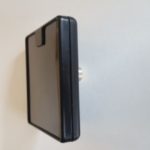Note; You can start building your new tour in the Toureditor without the hardware being present.
As soon as you receive the hardware from us, you can finalize the tour by connecting the IDentifiers (triggers) to the stops in your tour. You need to connect at least one IDentifier to each stop in your tour. Every IDentifier has a unique number which you can find on the back of the IDentifier (for example EF:FF:FF:43).
There will be 1 or more IDentifiers with a language/country flag, these need to be connected as a Start IDentifier for the different languages in which you provide the tour. (Note; you need a different IDentifier for each language).
When all the stops are added in the tour (have an IDentifier connected and contain an audio file) you need to “publish” the new tour. After that you can mount the IDentifiers next to the objects in the exhibition.
The rest of the installation is very simple;
- Connect the Dockingstations to the Sync Console or Syncbox that we have provided and plug everything into the power socket.
Note; a Sync Console will already be installed and linked to your site. A Syncbox needs to be connected by the customer (see instructions) - Insert the Podcatchers firmly
- Connect the Sync Console or Syncbox to a wired internet connection (note the whole set up needs to stay connected to power and internet 24/7)
- Start the Sync Console or Syncbox
- Log on to the Podcatcher Portal, go to “sync” and press Sync Now.
- Now the content will be synced on to the Podcatchers.
We have made an instruction video available as well. In this particular video we show you how to install the setup with loose, new Dockingstations and a Syncbox.
The 10 Podcatchers in a Dockingstation are synced one after another, but all connected Dockingstations start and sync simultaneously.
When a Podcatcher light turns green, you can take it out and start testing your new tour.
Every day our server connects automatically to the PC provided, and checks the Podcatchers to ensure updates are written on to the Podcatcher, to restore Podcatchers which have an error and to retrieve the logs and statistics from the Podcatchers to add to the Analytics.
Please feel free to contact helpdesk@guideid.com if you have any questions.
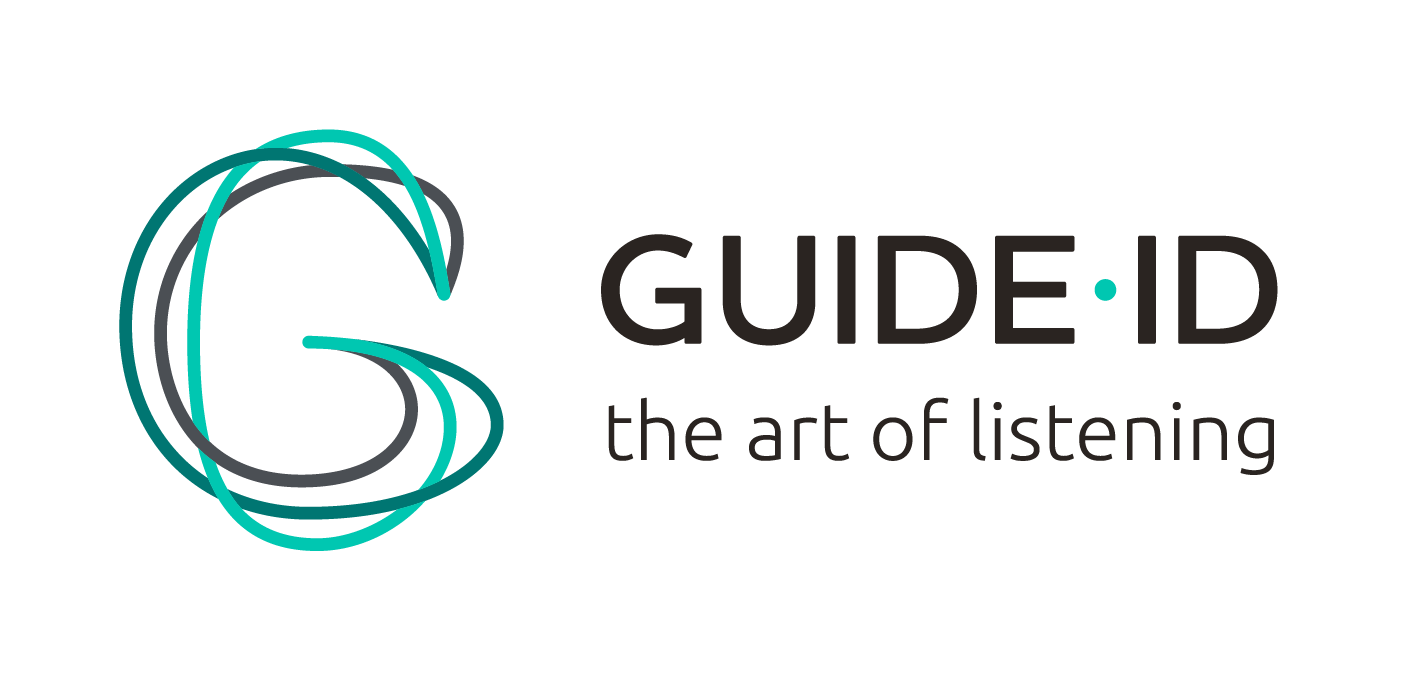
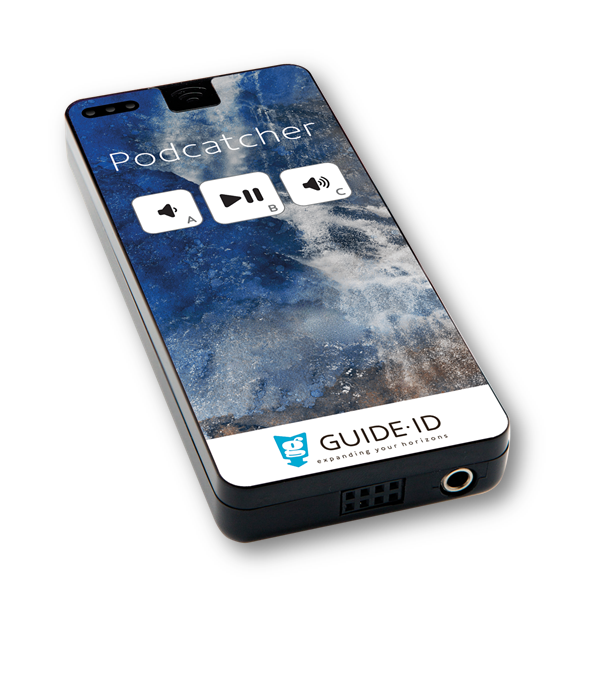
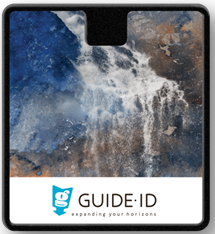 IDentifier
IDentifier Dockingstation and sync console
Dockingstation and sync console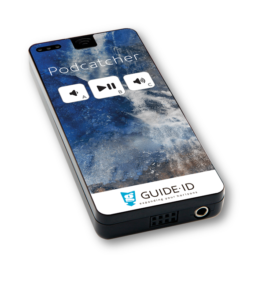
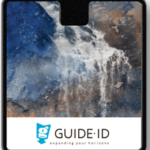
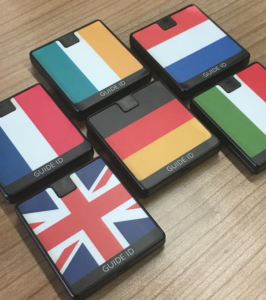 Start IDentifiers
Start IDentifiers